Tire inserts – What are their benefits on a gravel bike?
Gravel is booming: more bikes, more accessories. Wider tires and wheels shift the application of some bikes significantly in the direction of mountain bike terrain, which means that mountain bike technology is also finding its way into the gravel sector. One example: tire inserts. Find out whether they make sense for gravel bikes here.
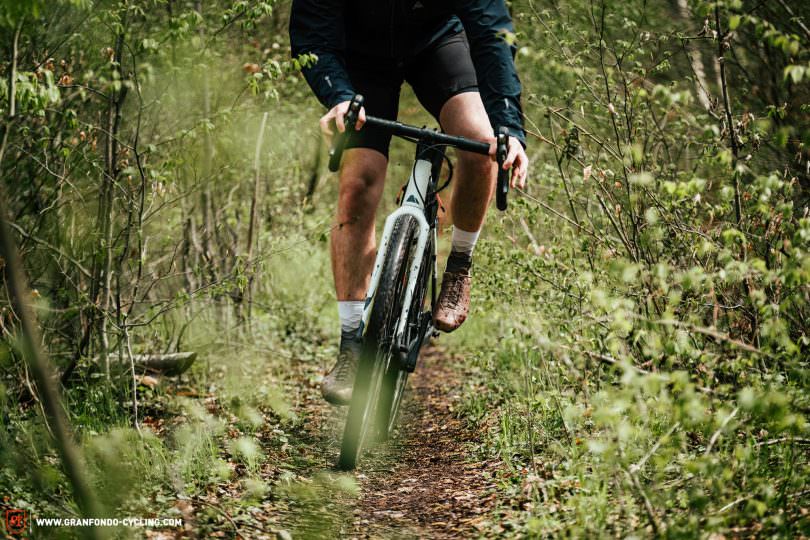
What is a tire insert anyway?
Tire inserts are foam or plastic liners that sit inside a tubeless tire. Tires provide all the suspension a gravel bike has, making them crucial to its handling. Tire inserts support the tire internally and aim to provide a number of benefits, from improved comfort to increased efficiency as well as protecting the tire and wheel from pinch flats. For those unfamiliar with the latter, pinch flats are where you hit an obstacle hard enough that you use the entire “suspension travel” of the tire and bottom it out on the rim. This traps the tire between the obstacle and the rim, and can damage it, as well as the rim. There are several different designs of tire insert for gravel bikes and we’ll describe the most important ones for you here.
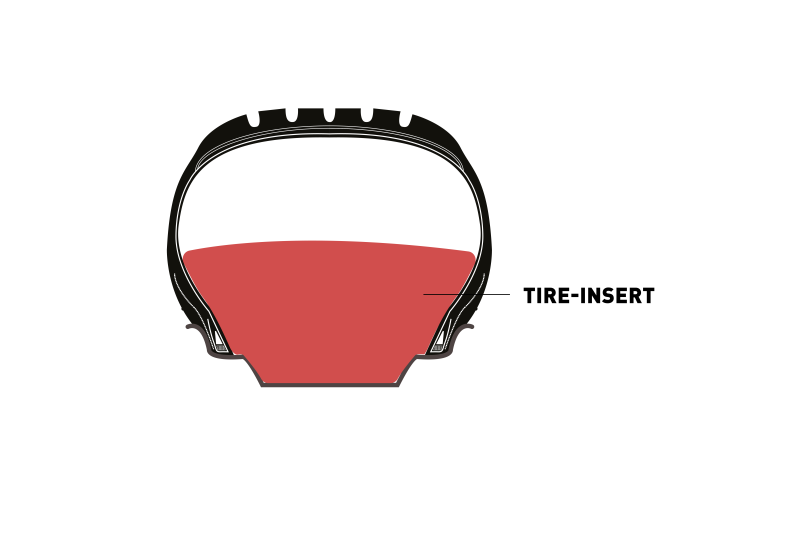
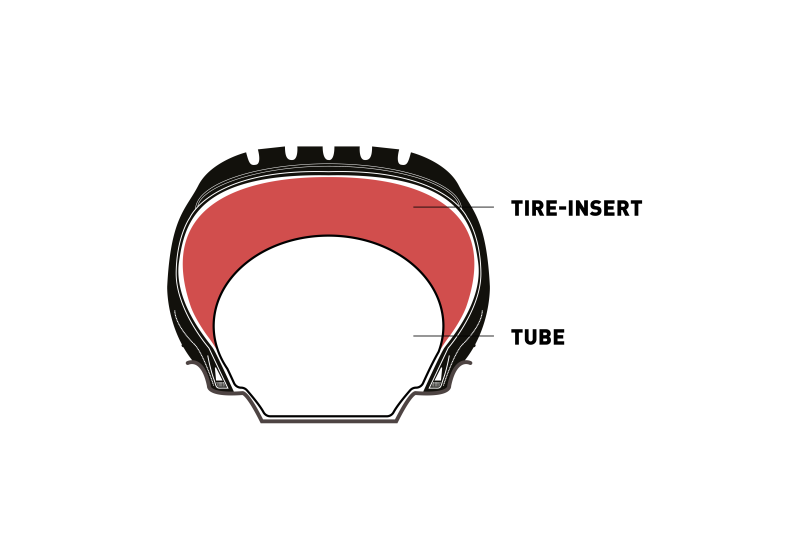
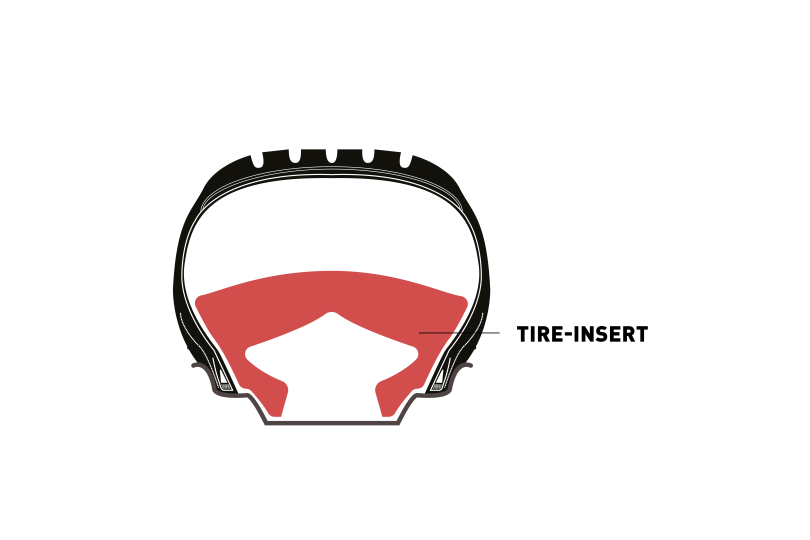

Tire inserts can be supplied as a finished ring or a strip that you cut to length. The former needs to be mounted on the rim just like a tire. Of course, to do this you first have to remove the wheel from your bike and tire from the wheel. The latter can be pulled into the tire even when the wheels are mounted. To do this, you only have to get one side of the tire off the rim, install the insert and you’re ready to go.
The GRAN FONDO opinion on tire inserts on a gravel bike
In Issue #019, we covered our long-term testing of CushCore’s Gravel.CX inserts. While they convinced us for certain applications, we asked ourselves what benefits tire inserts can offer across the whole spectrum of gravel, whether it be on five-metre-wide, hardpacked American-style gravel highways, or the most demanding underbiking on mountain bike terrain. That’s why we rode several other tire inserts on different bikes across a range of surfaces, discussed them all and got our colleagues from ENDURO Mountainbike Magazine on board. This allowed us to develop a more informed opinion on tire inserts for gravel bikes. Here it is!

Gravelling covers a huge spectrum of riding and there are umpteen different definitions of what the gravel dream looks like. However, the reality is that only a fraction of people with a gravel bike regularly find themselves in really rough terrain or even head for it. We’re talking about the kind of terrain where most would be better off with a mountain bike and where you quickly end up underbiking aboard a gravel bike. If you regularly and intentionally visit these kinds of areas, you might consider using tire inserts, though tires with a more robust construction and more tire volume should be your first port of call. Unlike in mountain biking, you usually don’t have a choice of different casing for gravel tires, so if you want a sturdier tire you often have to switch to a different model. Nonetheless, the most effective way of tuning your gravel bike for different applications remains your choice of tire. Luckily, you can find the most important models in our gravel tire group test.

Most gravellers ride moderate terrain, on dirt and forest roads, hardpack and roads with poor asphalt. For this, the most important characteristic of a tire is low rolling resistance. Protection from punctures isn’t as crucial because they are much less of an issue with proper air pressures. More often than not, we have found that a gravel bike can be adapted to the conditions it will be used in with the right choice of tires. Comfort, efficiency, damping – all this can be adjusted with a well-chosen tire-wheel combination if the air pressure is set correctly, without even requiring an additional insert. In any case, it’s important to remember that many users already reach the limits of frustration when setting up tubeless tires. That’s completely understandable and if that’s the case, here’s our guide on getting things set up tubeless.
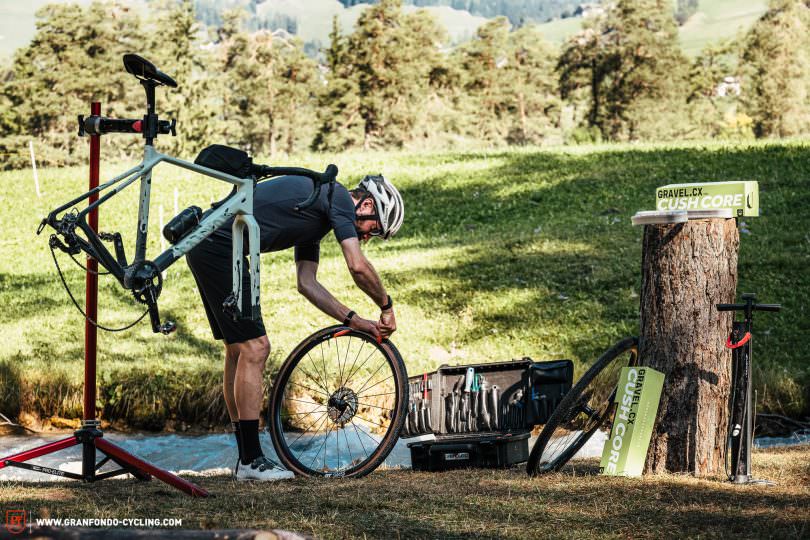
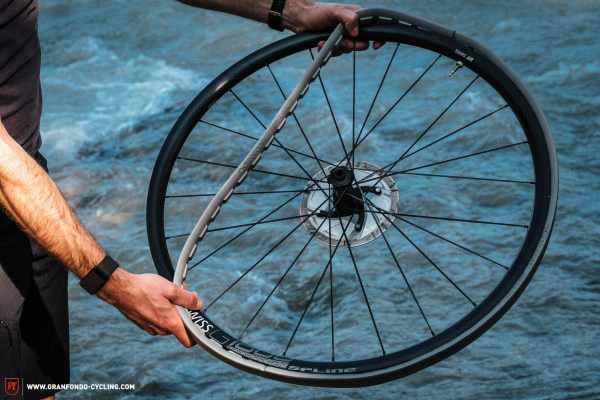
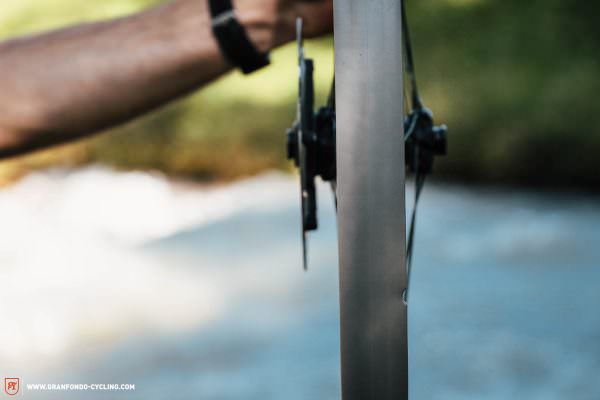

Due to manufacturing tolerances, getting certain tires onto certain rims isn’t always easy. Put an insert in between and mounting your tire can quickly turn into an onslaught that only the bike shop can help with. If a puncture occurs despite the insert, mess is inevitable if you try to repair your tire during the ride. The ability to ride flat tires with some inserts is of little help, given that after 30 km your tire will be ruined anyway. While tire inserts can protect you from punctures, sidewalls can still be slashed, meaning that claim of better puncture protection is only partially valid.
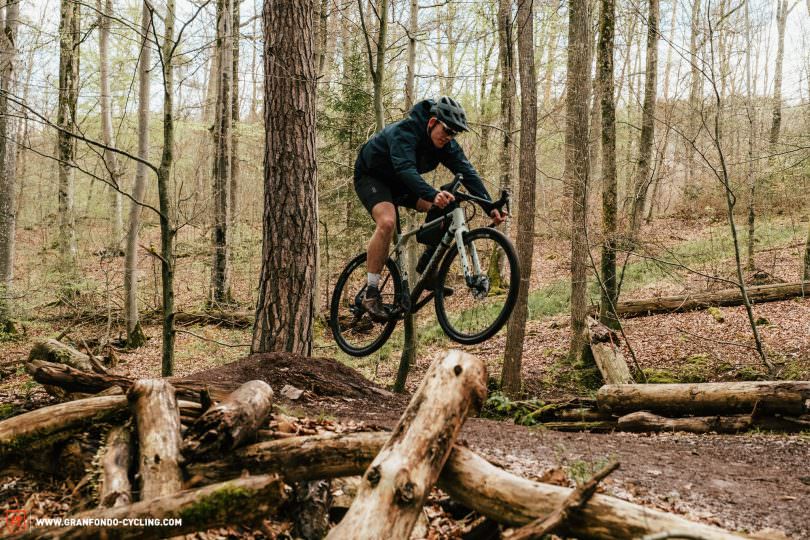
But there are areas where tire inserts can shine, namely, whenever you find yourself underbiking in rough terrain, are pushing your limits and don’t want to switch from a gravel to mountain bike. Or when you’re mostly riding on loose, rough and rugged terrain and want to increase performance through low air pressure. If you’ve already reached the limit of your tires i.e. you’ve chosen the most stable construction and biggest tire volume that fits into your gravel bike, then tire inserts can help create more travel by lowering tire pressure, while protecting the tire and rim from damage. Then your tire can work harder to provide more grip in corners thanks to the lower pressures allowing a larger contact patch as well as increased stability of the tire thanks to the insert, while minimising the risk of burping (a sudden drop in pressure as the tire briefly comes off the rim and loses air). But in truth, that’s about the only time.
Our conclusion on tire inserts for gravel bikes
The majority of gravel fans will get the desired tire characteristics on their gravel bike simply by choosing the right tire-wheel system. You’ll even find the right models for rough terrain. As such, we think that tire inserts for gravel bikes are a niche product! However, if you regularly ride your gravel bike on the roughest terrain, reach the limits of the strongest tyres and don’t want to switch to a mountain bike, tire inserts like the Gravel.CX from CushCore can make sense.
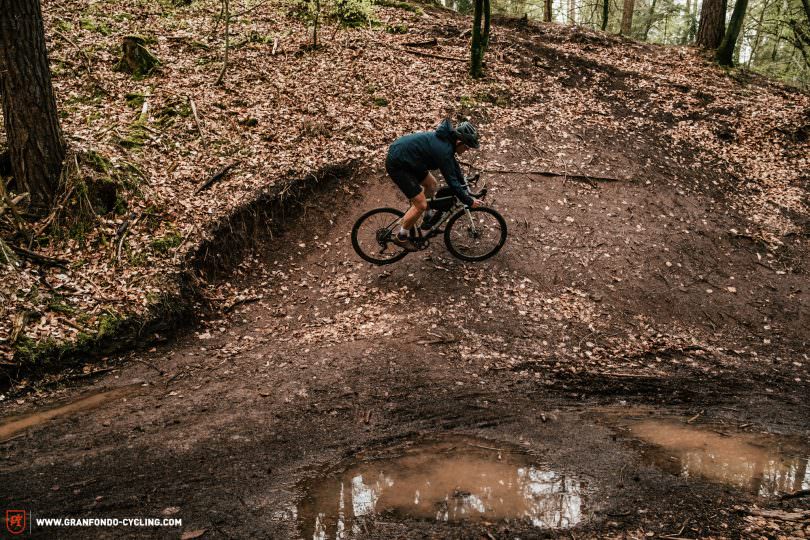
Did you enjoy this article? If so, we would be stoked if you decide to support us with a monthly contribution. By becoming a supporter of GRAN FONDO, you will help secure a sustainable future for high-quality cycling journalism. Click here to learn more.
Words: Photos: Peter Walker & Valentin Rühl






